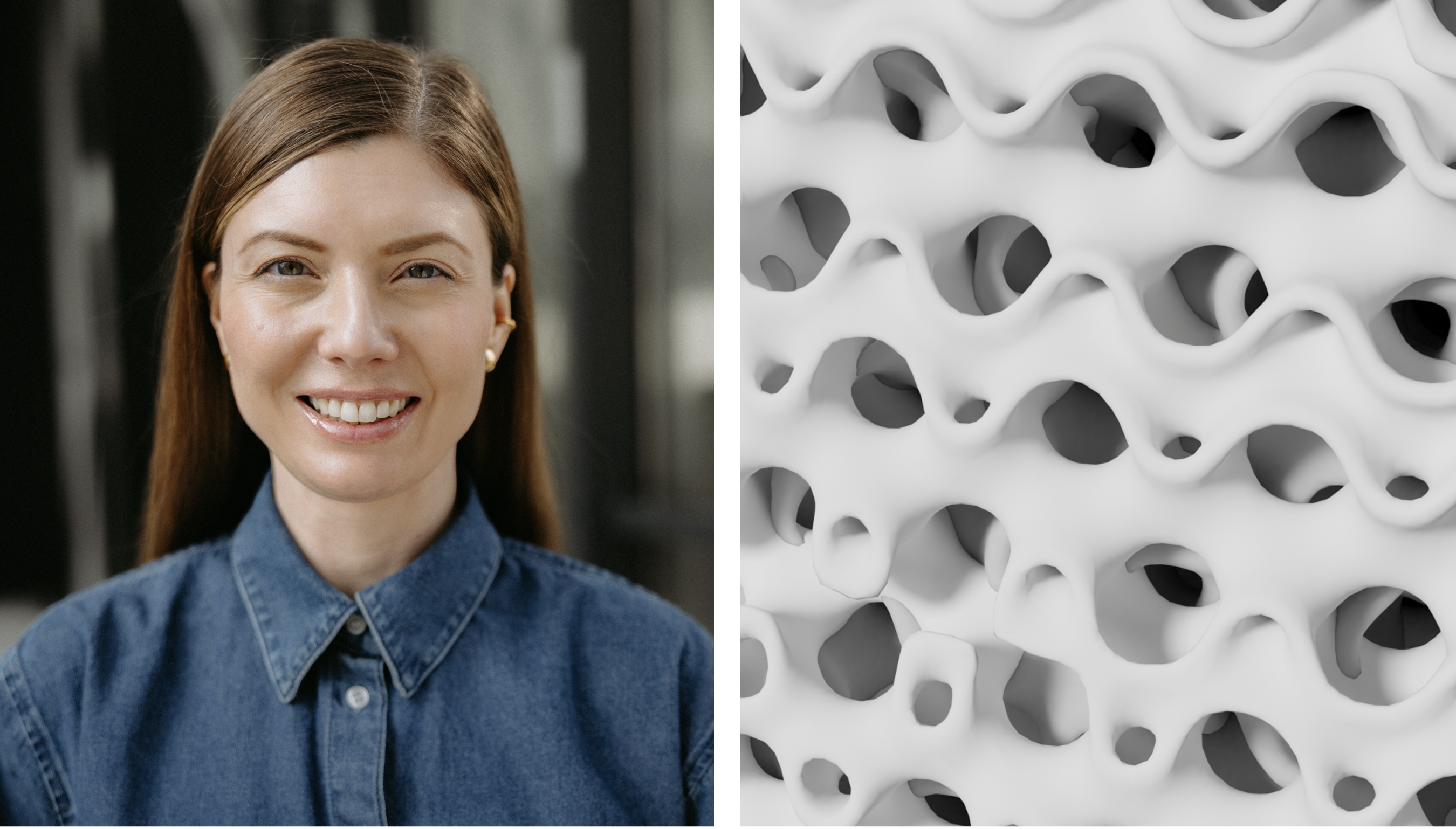Faculty of Biology Researchers Receive NCN Funding to Study Molecular Mechanisms of Cubic Membrane Formation in Plants

21 07 2025
Researchers from the Department of Plant Anatomy and Cytology at the Faculty of Biology, under the leadership of Dr. Łucja Kowalewska, in collaboration with the team from the Jagiellonian University (Dr. Michał Gabruk), have received funding for the project “From Nature to Biomimetics: Molecular Mechanisms of Diamond-Type Cubic Membrane Formation in Photosynthetic Lineages” within the OPUS 28 program of the National Science Centre.
The awarded funding amounts to 3,153,542 PLN over 48 months, with the University of Warsaw team (project leader) receiving 1,615,083 PLN.
Cubic membranes represent one of the most fascinating and poorly understood structures in cell biology. These complex three-dimensional membrane arrangements, found across all kingdoms of life, follow mathematical principles of triply periodic minimal surfaces. The prolamellar body (PLB) in plant etioplasts serves as a unique model system for studying these structures, as it represents the only cubic membrane system for which successful preliminary in vitro reconstruction has been achieved.
The project aims to uncover the molecular mechanisms behind the formation of diamond-type cubic membranes in photosynthetic organisms. The research team will employ an integrated approach combining evolutionary analysis (conducted in collaboration with Dr. Jakub Baczyński from the Institute of Evolutionary Biology), structural biology, and in vitro reconstitution studies. Key focus areas include investigating the role of LPOR and CURT1 proteins in membrane organization and understanding how sequence variations across different photosynthetic lineages influence cubic membrane properties.
The research utilizes advanced microscopy techniques including cryo-electron microscopy and tomography, complemented by computational modeling and machine learning approaches. The final phase involves developing an artificial neural network to predict structural parameters of biomimetic cubic membranes based on molecular composition.
Understanding these natural membrane formation mechanisms could significantly advance the design of biomimetic materials with applications in drug delivery systems, tissue engineering, and biotechnology. The project bridges fundamental cell biology with practical biomaterial design, offering insights into membrane organization principles that have remained elusive despite decades of research.